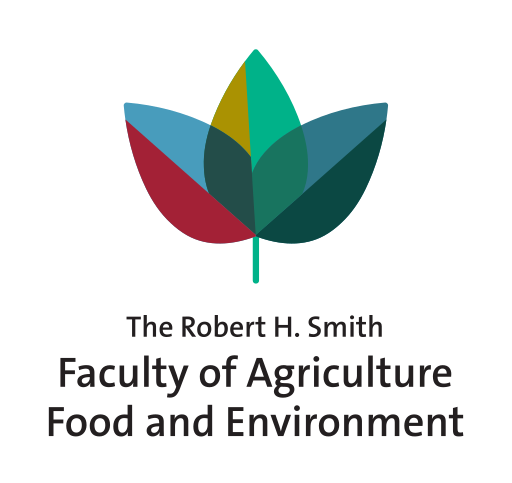Citation:
Date Published:
JUNAbstract:
Silicon (Si) has an important role in mitigating diverse biotic and abiotic stresses in plants, mainly via the silicification of plant tissues. Environmental changes such as atmospheric CO2 concentrations may affect grass Si concentrations which, in turn, can alter herbivore performance. We recently demonstrated that pre-industrial atmospheric CO2 increased Si accumulation in Brachypodium distachyon grass, yet the patterns of Si deposition in leaves and whether this affects insect herbivore performance remains unknown. Moreover, it is unclear whether CO2-driven changes in Si accumulation are linked to changes in gas exchange (e.g. transpiration rates). We therefore investigated how pre-industrial (reduced; rCO(2), 200 ppm), ambient (aCO(2), 410 ppm) and elevated (eCO(2), 640 ppm) CO2 concentrations, in combination with Si-treatment (Si+ or Si-), affected Si accumulation in B. distachyon and its subsequent effect on the performance of the global insect pest, Helicoverpa armigera. rCO(2) increased Si concentrations by 29% and 36% compared to aCO(2) and eCO(2) respectively. These changes were not related to observed changes in gas exchange under different CO2 regimes, however. The increased Si accumulation under rCO(2) decreased herbivore relative growth rate (RGR) by 120% relative to eCO(2,) whereas rCO(2) caused herbivore RGR to decrease by 26% compared to eCO(2). Si supplementation also increased the density of macrohairs, silica and prickle cells, which was associated with reduced herbivore performance. There was a negative correlation among macrohair density, silica cell density, prickle cell density and herbivore RGR under rCO(2) suggesting that these changes in leaf surface morphology were linked to reduced performance under this CO2 regime. To our knowledge, this is the first study to demonstrate that increased Si accumulation under pre-industrial CO2 reduces insect herbivore performance. Contrastingly, we found reduced Si accumulation under higher CO2, which suggests that some grasses may become more susceptible to insect herbivores under projected climate change scenarios.

